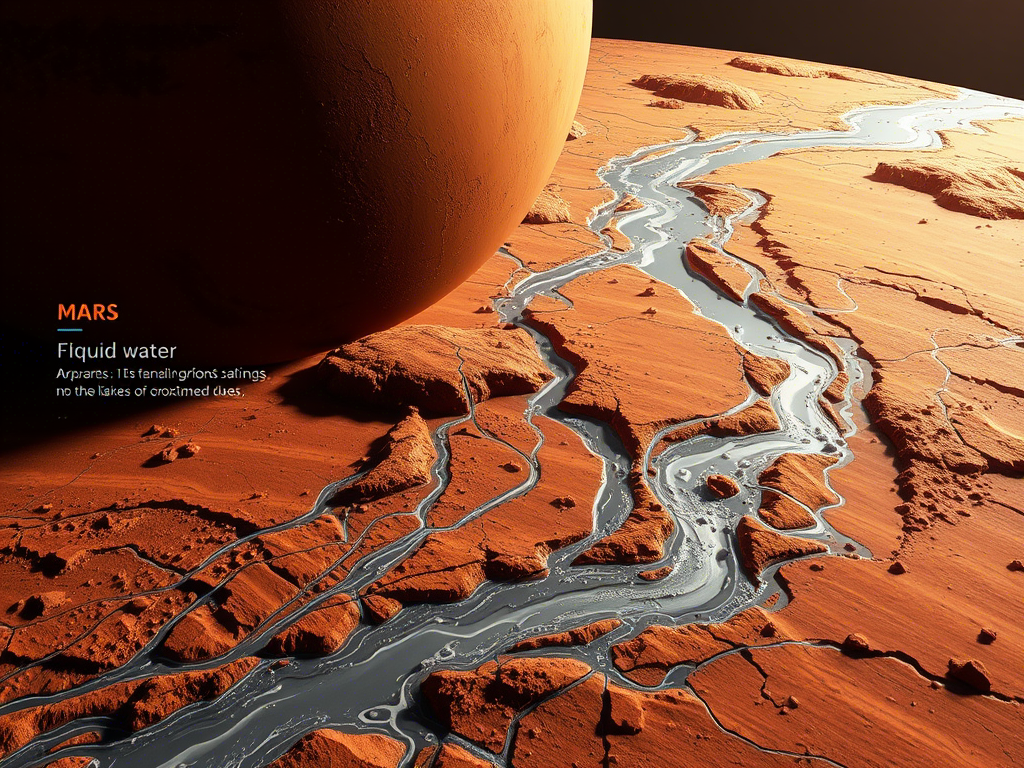New Study Suggests Water Played a Key Role in Turning Mars into the Red Planet

New Study Suggests Water Played a Key Role in Turning Mars into the Red Planet
For centuries, scholars and scientists alike have pondered one of the most basic questions about our neighboring planet: why is Mars red?
Until now, the prevailing theory has pointed to hematite , an iron-rich mineral that forms under dry conditions. However, new research from Brown University and the University of Bern challenges this long-held belief — suggesting instead that another mineral may be responsible: ferrihydrite , which forms in the presence of water and oxygen .
This groundbreaking discovery could change how we understand Mars’ past — including whether it once had conditions suitable for life.
🧪 Ferrihydrite: A Clue to Mars’ Wet Past
The study, published in Nature Communications , analyzed data from multiple sources including:
- NASA’s Mars Reconnaissance Orbiter
- ESA’s Mars Express and Trace Gas Orbiter
- Rover missions like Curiosity , Pathfinder , and Opportunity
The researchers focused on ferrihydrite (Fe5O8H · nH2O) , a mineral commonly found on Earth in volcanic soils and wet environments. Their findings suggest that this compound is widespread in Martian dust and possibly embedded in rock formations as well.
Unlike hematite, ferrihydrite forms when iron reacts with both oxygen and water — indicating that Mars may have once been much wetter and more hospitable than previously thought.
🔬 Lab Experiments Replicate Martian Conditions
To test their hypothesis, the team recreated Martian surface conditions in a lab environment. They ground minerals into fine particles — similar in size to Martian dust — and studied how they reflected light under simulated Mars-like conditions.
Their results showed that ferrihydrite remains stable even in today’s cold and arid Martian climate, but its chemical structure still holds evidence of its formation in a wetter era .
“What we know from this study is that the evidence points to ferrihydrite forming — and for that to happen, there must have been conditions where oxygen and water reacted with iron,” said Adomas Valantinas , lead researcher and postdoctoral fellow at Brown University.
“Those conditions were very different from today’s dry, cold environment.”
🌍 What This Means for Mars’ Climate History
This discovery suggests that Mars may not have simply oxidized over time in a dry state. Instead, it likely went through a wet phase before transitioning to the barren landscape we see today.
Understanding this shift helps scientists piece together the planet’s climate evolution — and could provide valuable insights into whether Mars was ever capable of supporting microbial life.
“The study opens up a door to understanding Mars’ environmental history,” said Jack Mustard , senior author of the paper.
“It gives us a better chance to apply principles of mineral formation and trace back what conditions were like billions of years ago.”
🚀 Looking Ahead: Samples From Perseverance Could Confirm the Theory
While current findings strongly support the role of ferrihydrite in shaping Mars’ red hue, definitive proof will require direct analysis of Martian samples.
NASA’s Perseverance rover is currently collecting samples from Jezero Crater — a region believed to have once hosted a lake. These samples are scheduled to be returned to Earth in the early 2030s, potentially confirming or reshaping our understanding of Mars’ ancient environment.
🌌 Final Thoughts
This new research adds a fascinating layer to our understanding of Mars. It suggests that water played a crucial role in shaping the planet’s surface , and offers tantalizing clues about its potential to host life in the distant past.
As we continue to explore the Red Planet, discoveries like these bring us one step closer to answering one of humanity’s oldest questions: Are we alone in the universe?
📚 References & Sources
This research was conducted by a team of planetary scientists from:
- Brown University
- University of Bern
- Published in: Nature Communications





